Crowdsourcing Perception: revealing subjective layers of the built environment
design research / urban analysis / user interface / data collection
The way in which we receive information and data about our interaction and relation to the built environment, is largely fed to us through systematised, sensor based statistics. The information we receive is often discrete, numeric, tangible data, which has been flattened in order to package it in a more comprehensible, digestible form. Although being useful in understanding the built environment, this static method of data collection, leaves no room for interpretation, and fails to consider the complexities and variables that may influence the ways in which individuals perceive their surroundings.
The implementation of the UMWELT data in conjunction with the more passive, objective data set extracted from complementary sensors, allows for a more detailed, nuanced understanding of everyday spatial interactions. This novel understanding of the built environment and the ways in which people understand and perceive it, allows for new opportunity and potentials to enhance the interactions between the actor and the city, through the curation and prescription of certain experiences, elements and actions that are personally catered to the individual. It is in this way that we are able to mediate between technology and built form, establishing a synchronicity between the two, fully engaging and utilizing emotive perceptions of the urban actors in order to influence and inform the built environment, and visa versa.
Please visit our Paper , "Experiencing the built environment: strategies to measure objective and subjective qualities of places," for more information on the research.
Team: Natasha Polozenko and Stefan Stanojevic - Harvard Graduate School of Design "Genome of the Built Environment" - Professors: Allen Sayegh + Stefano Andreani
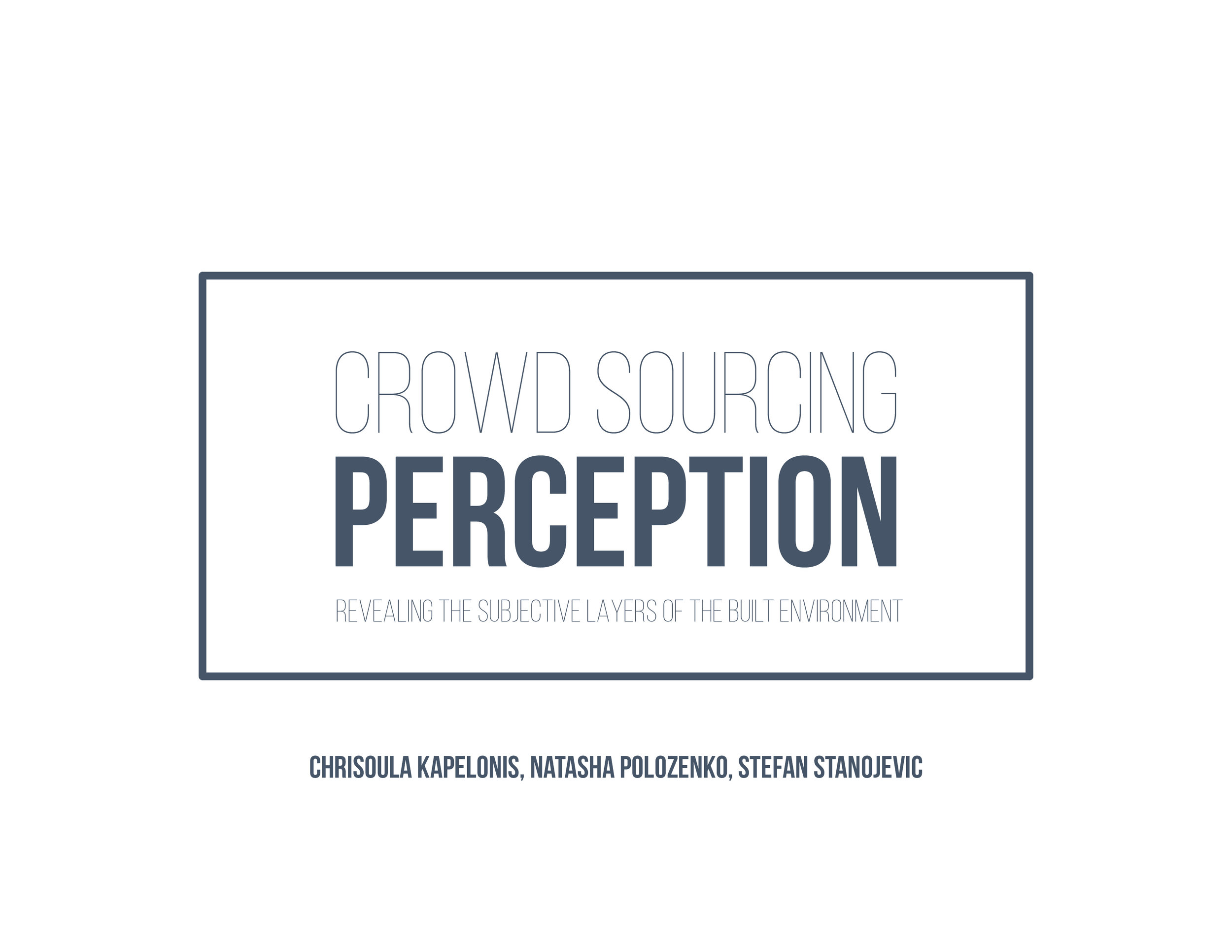
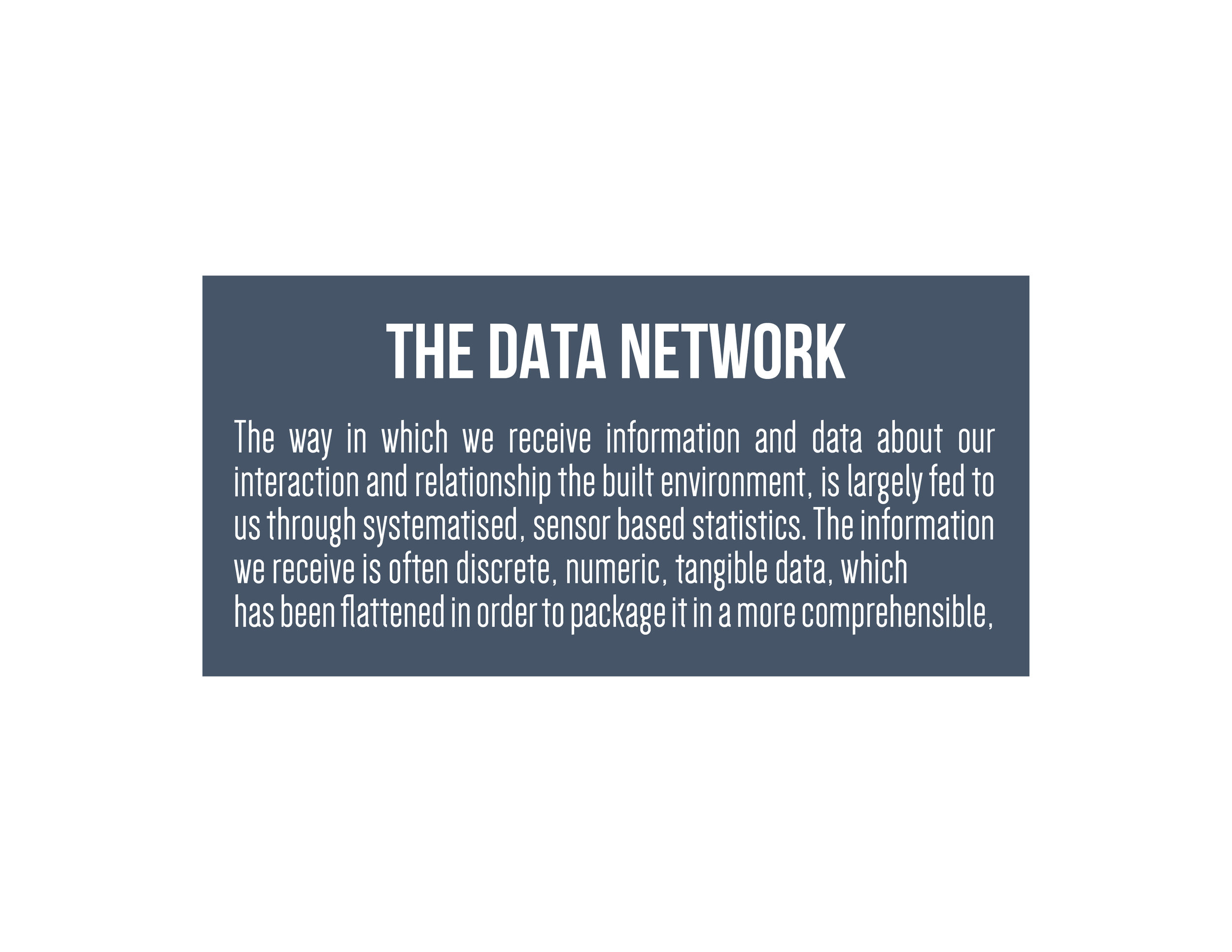
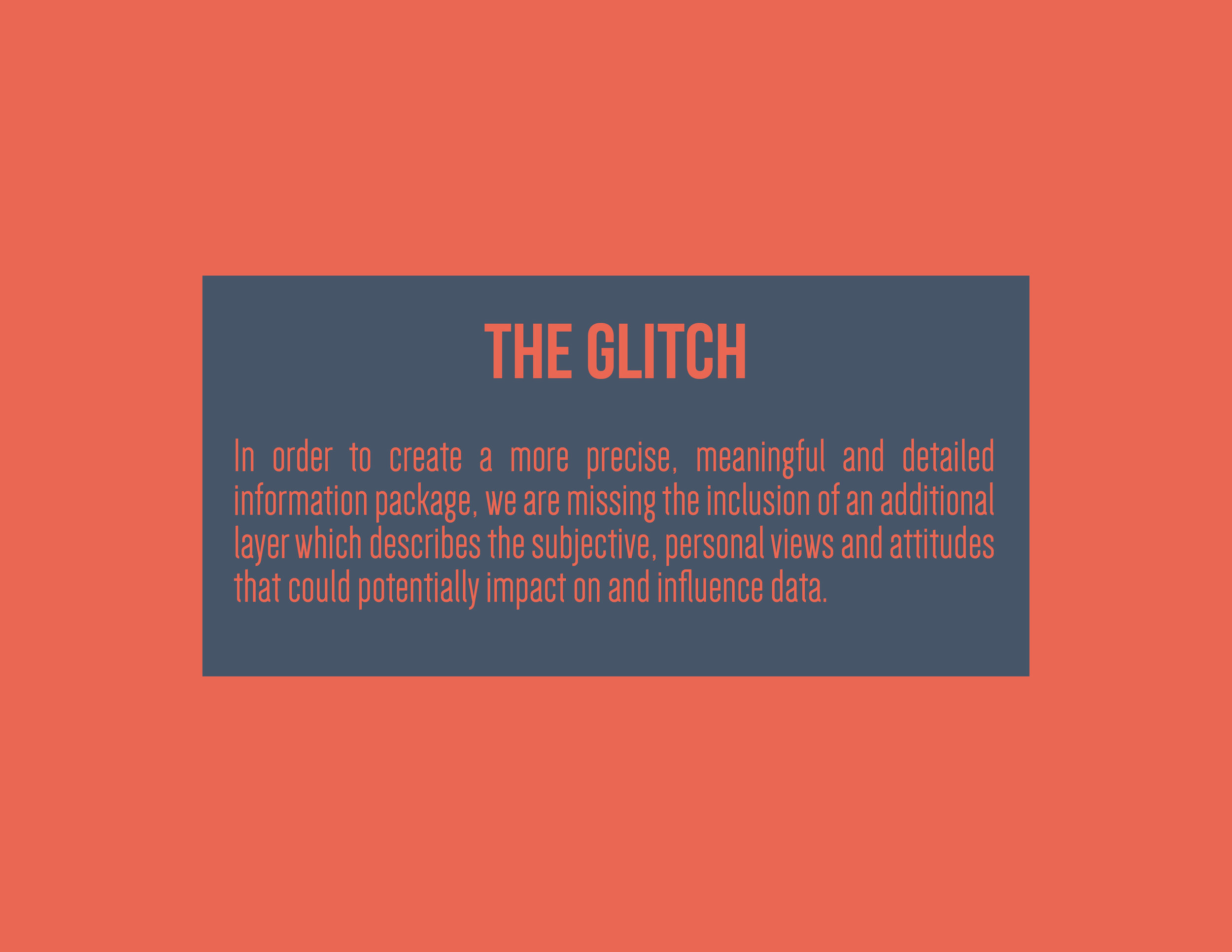
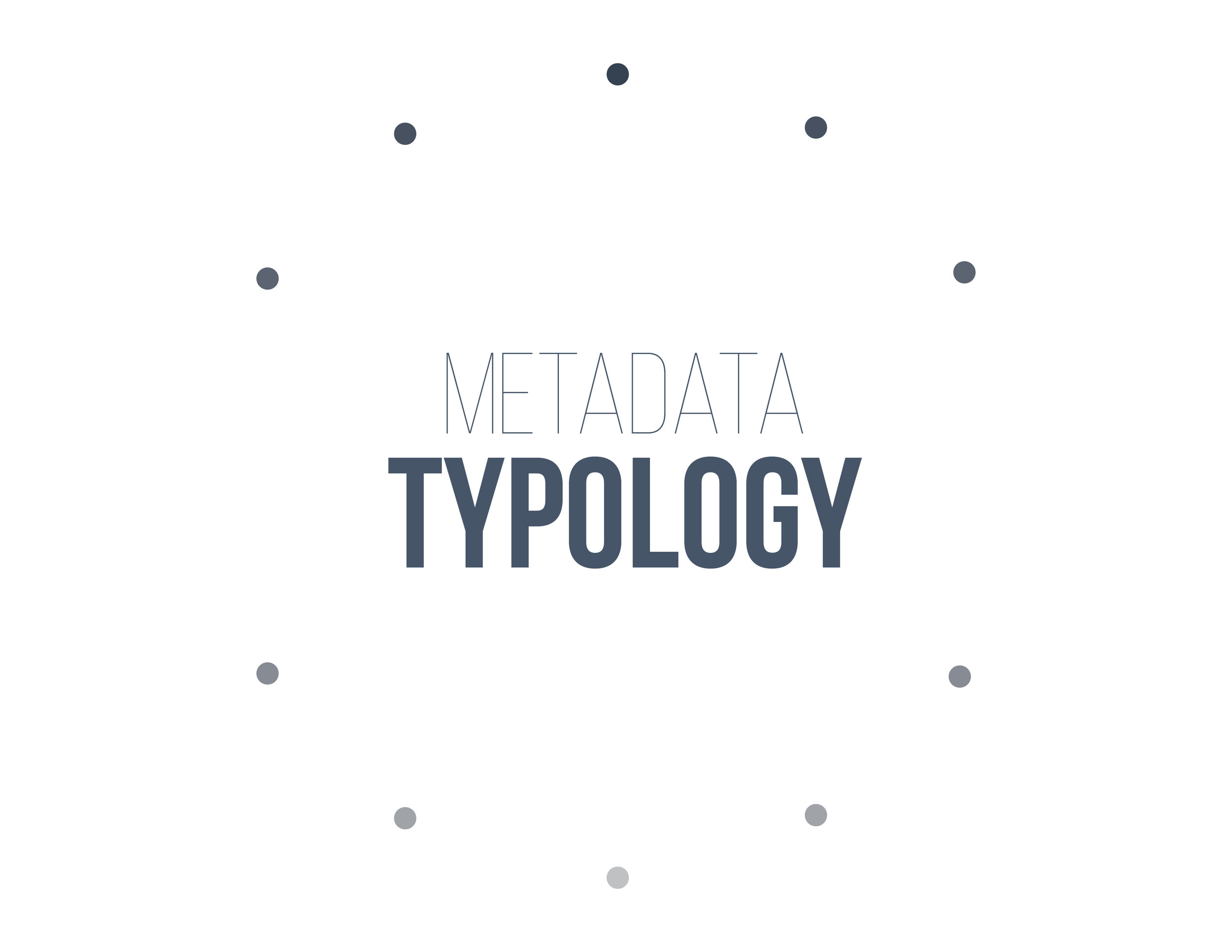
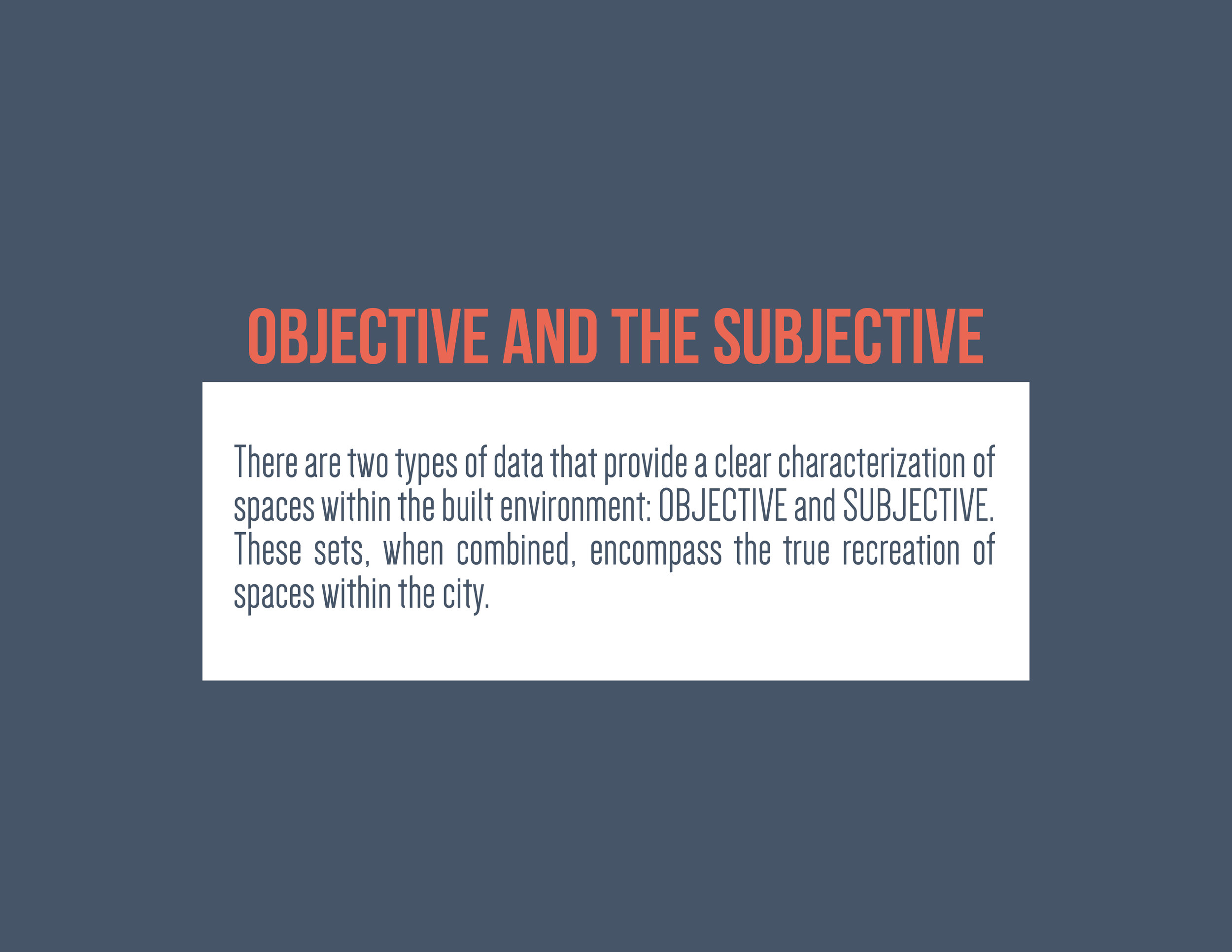
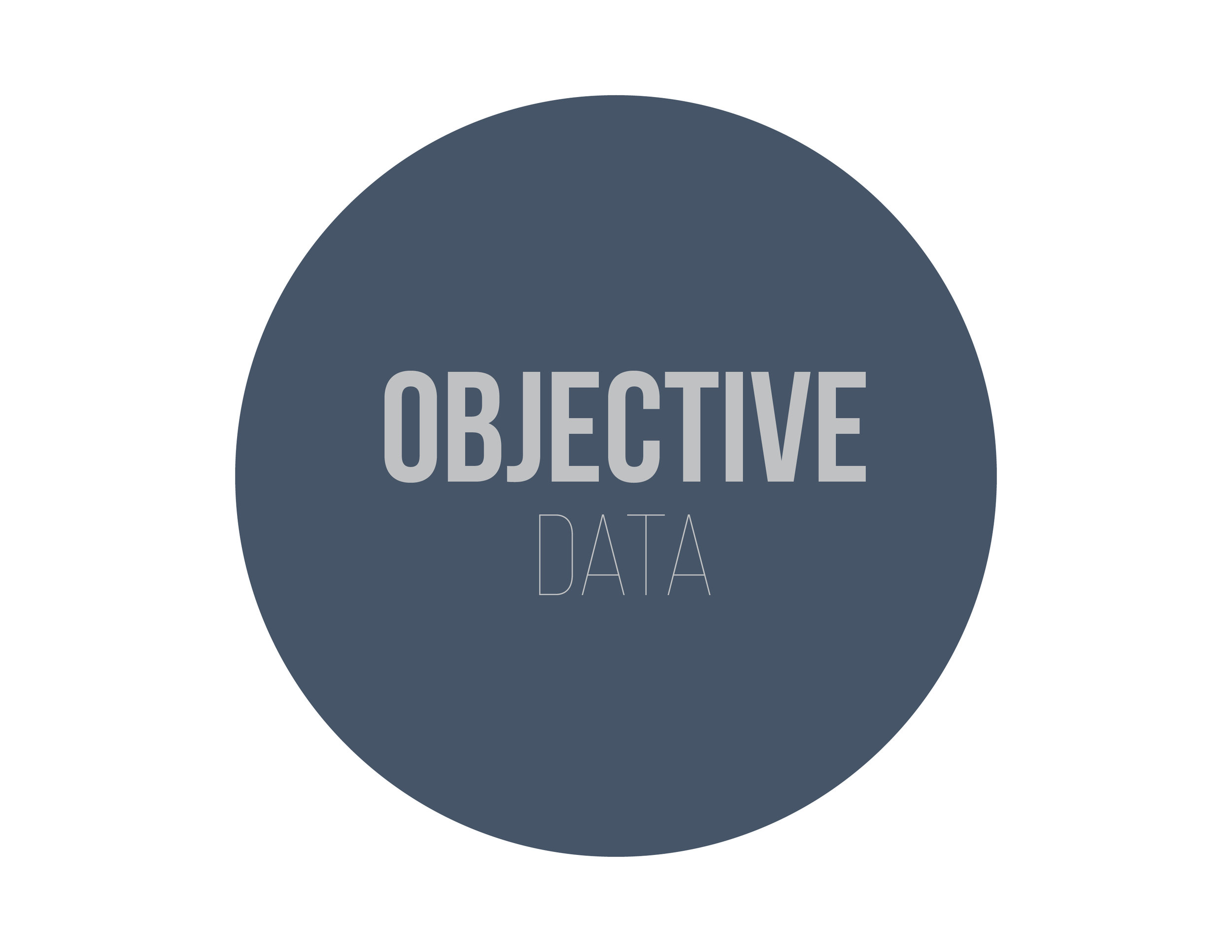
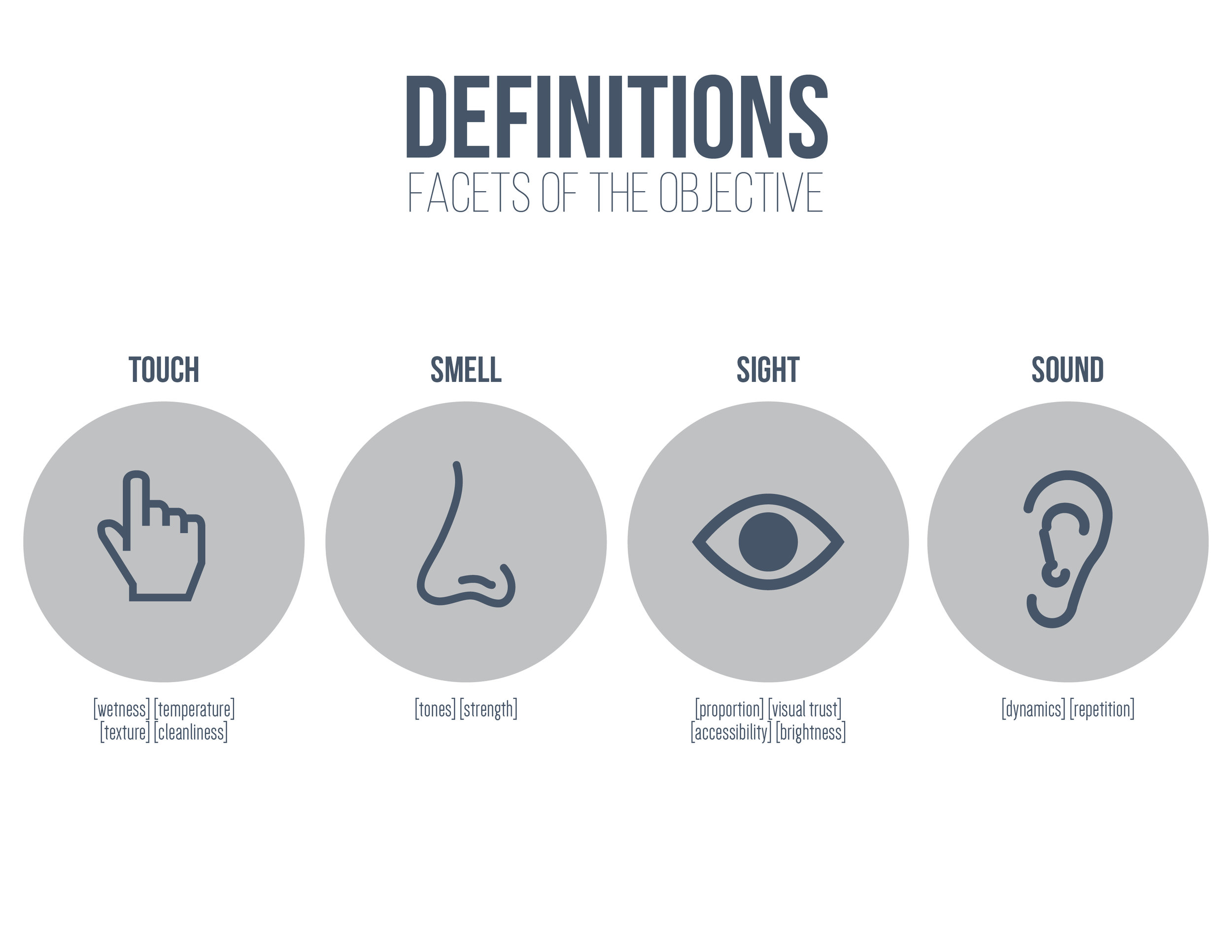
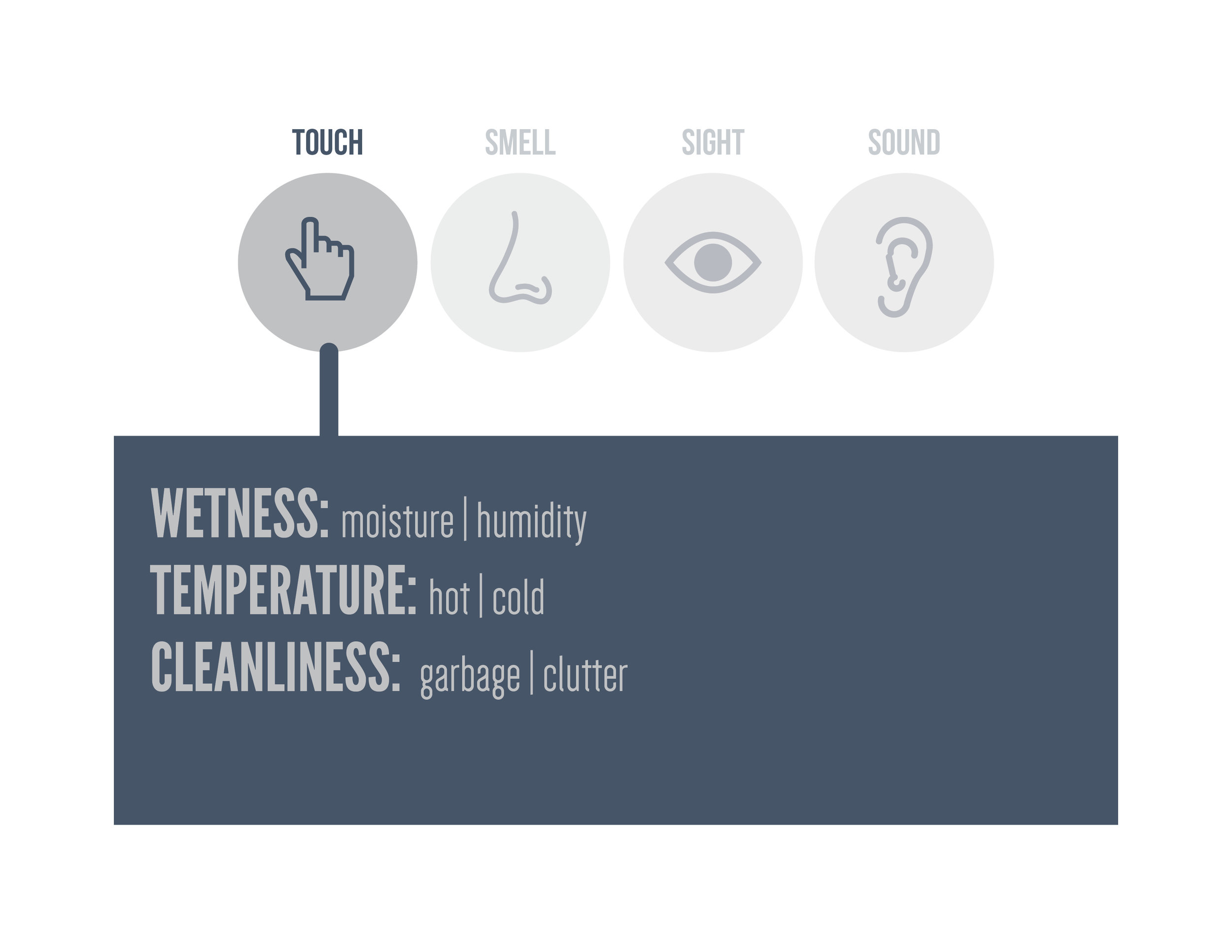
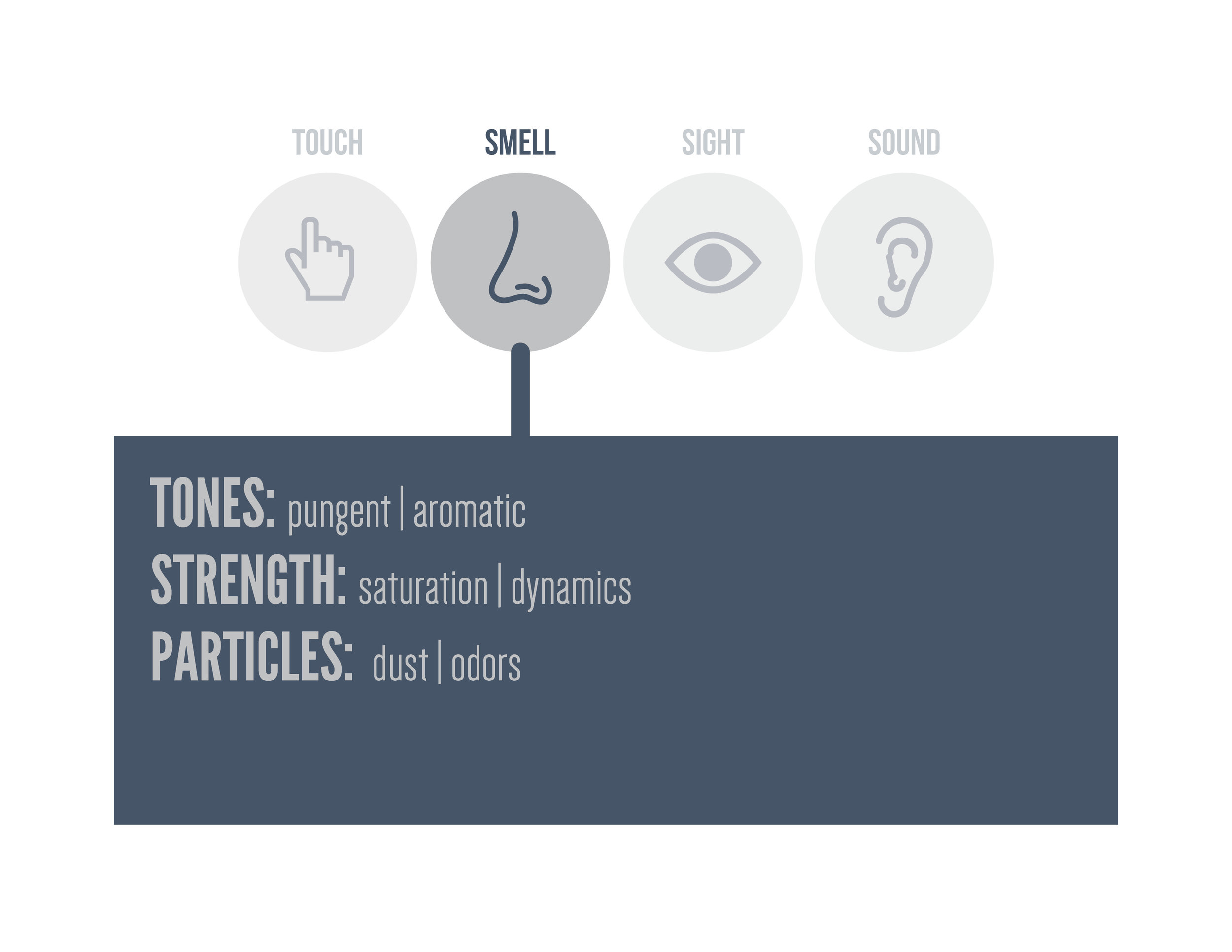
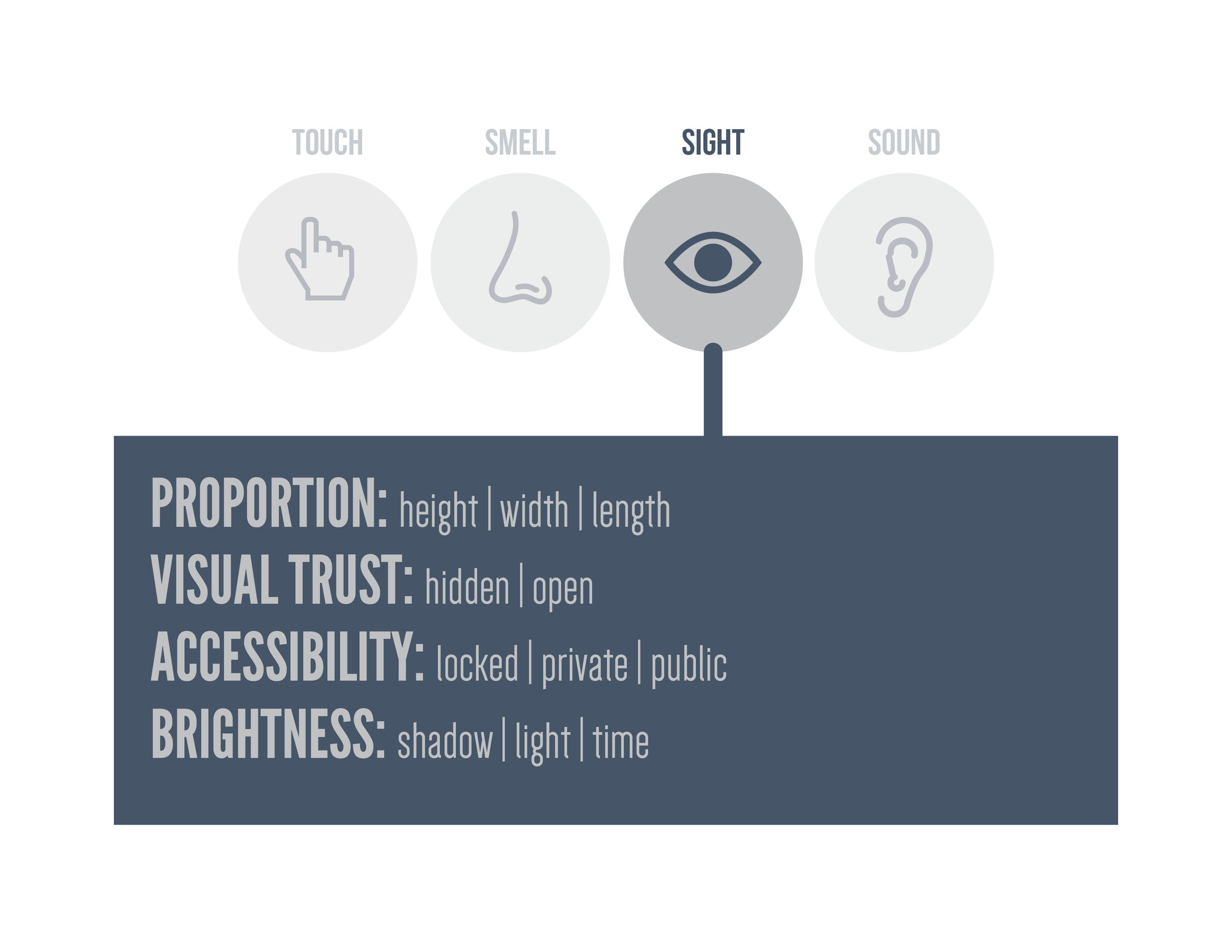
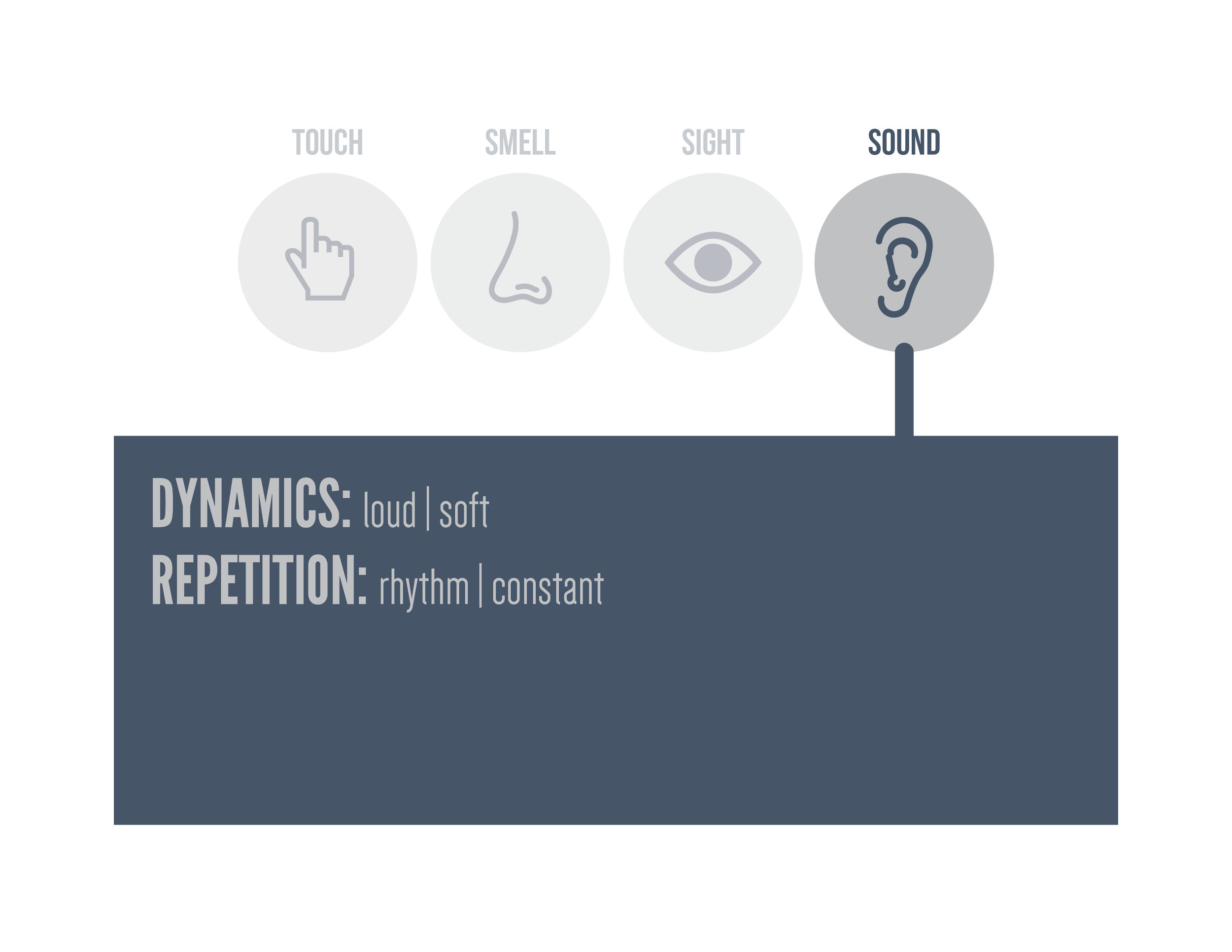
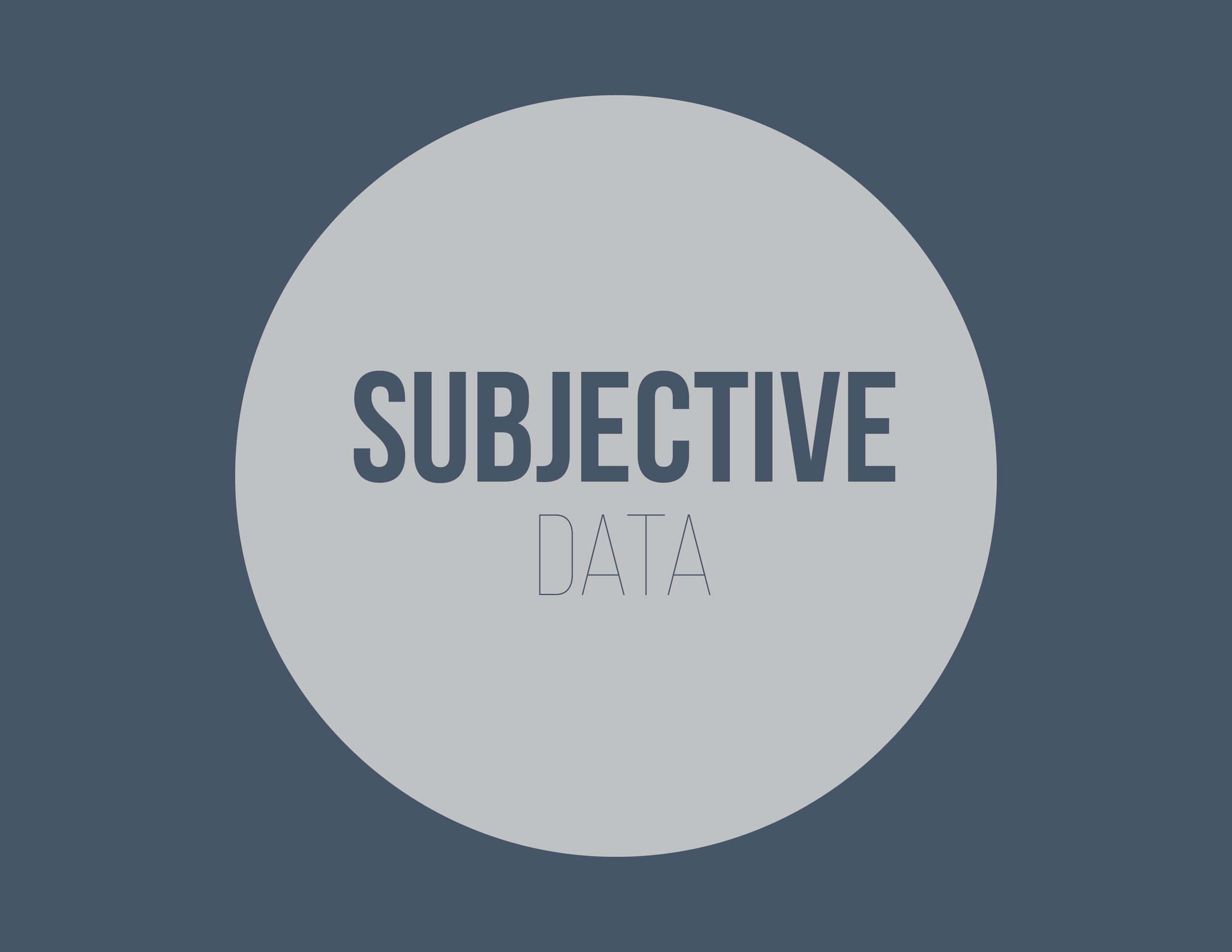

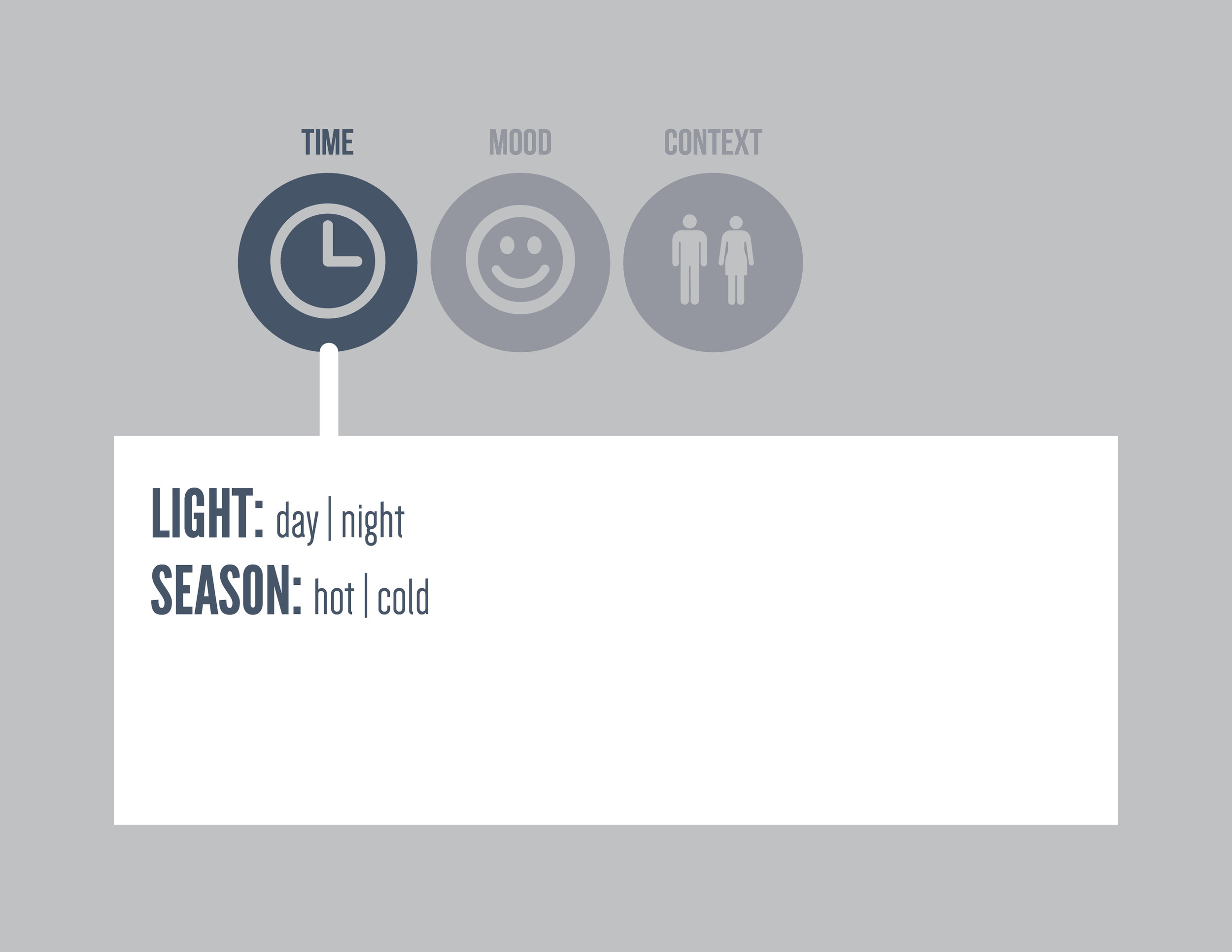
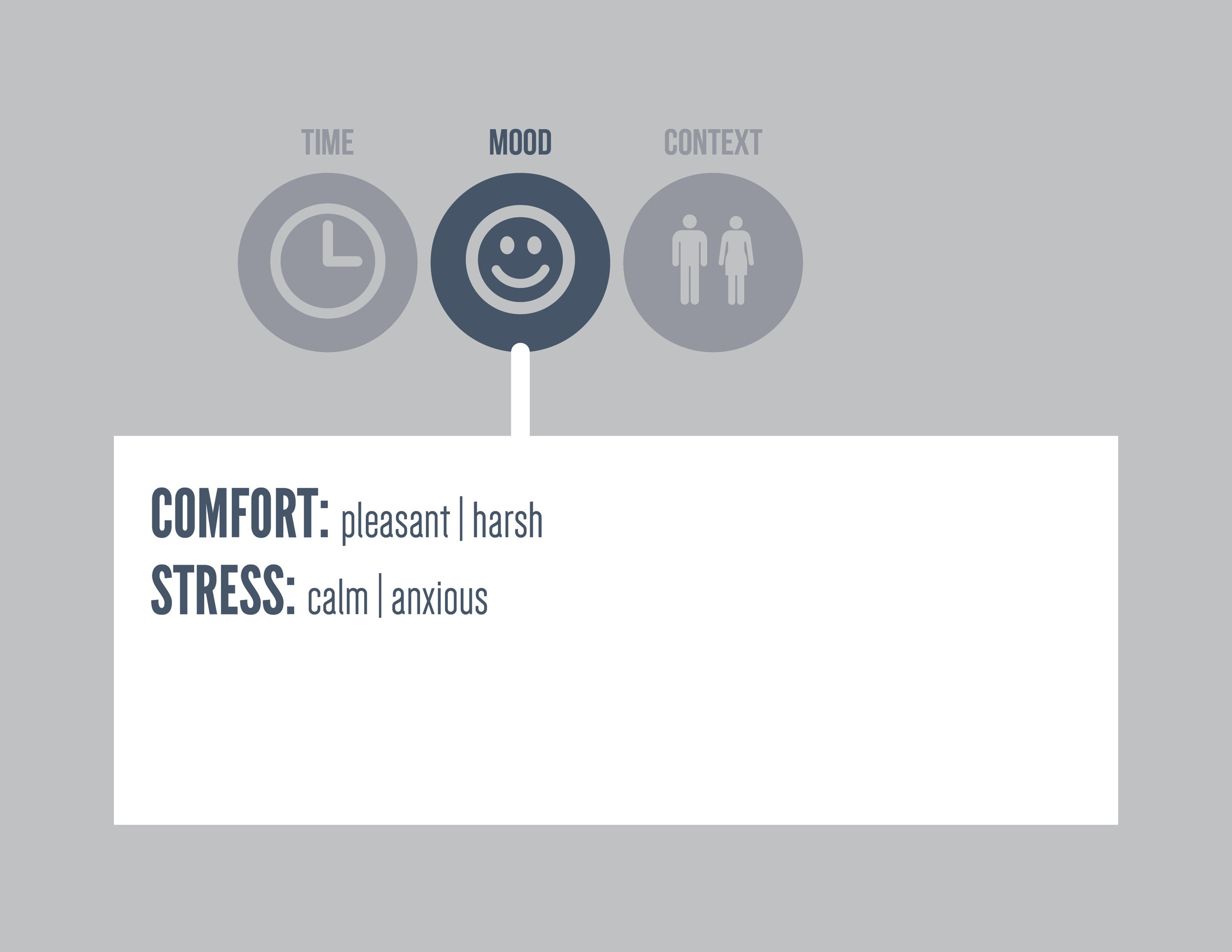


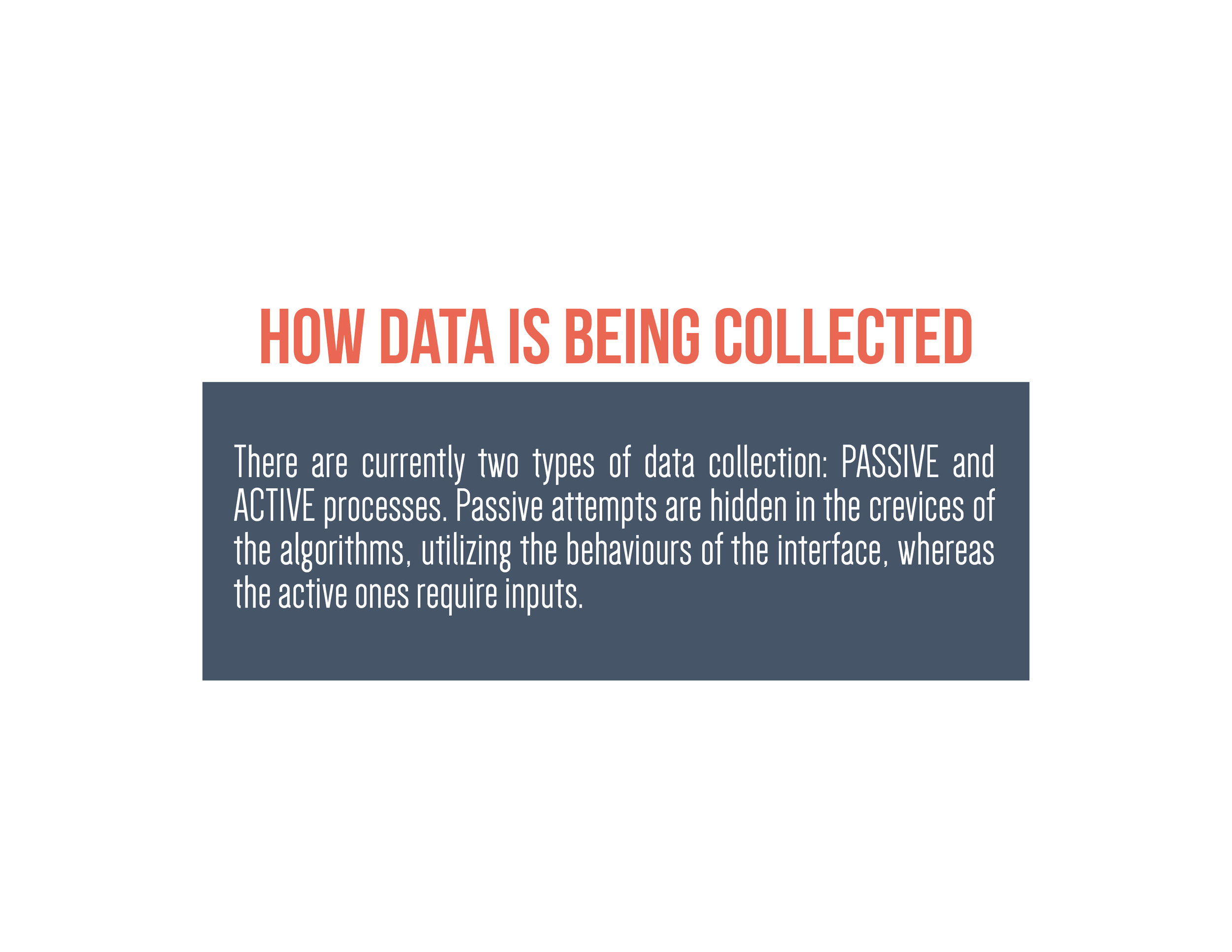

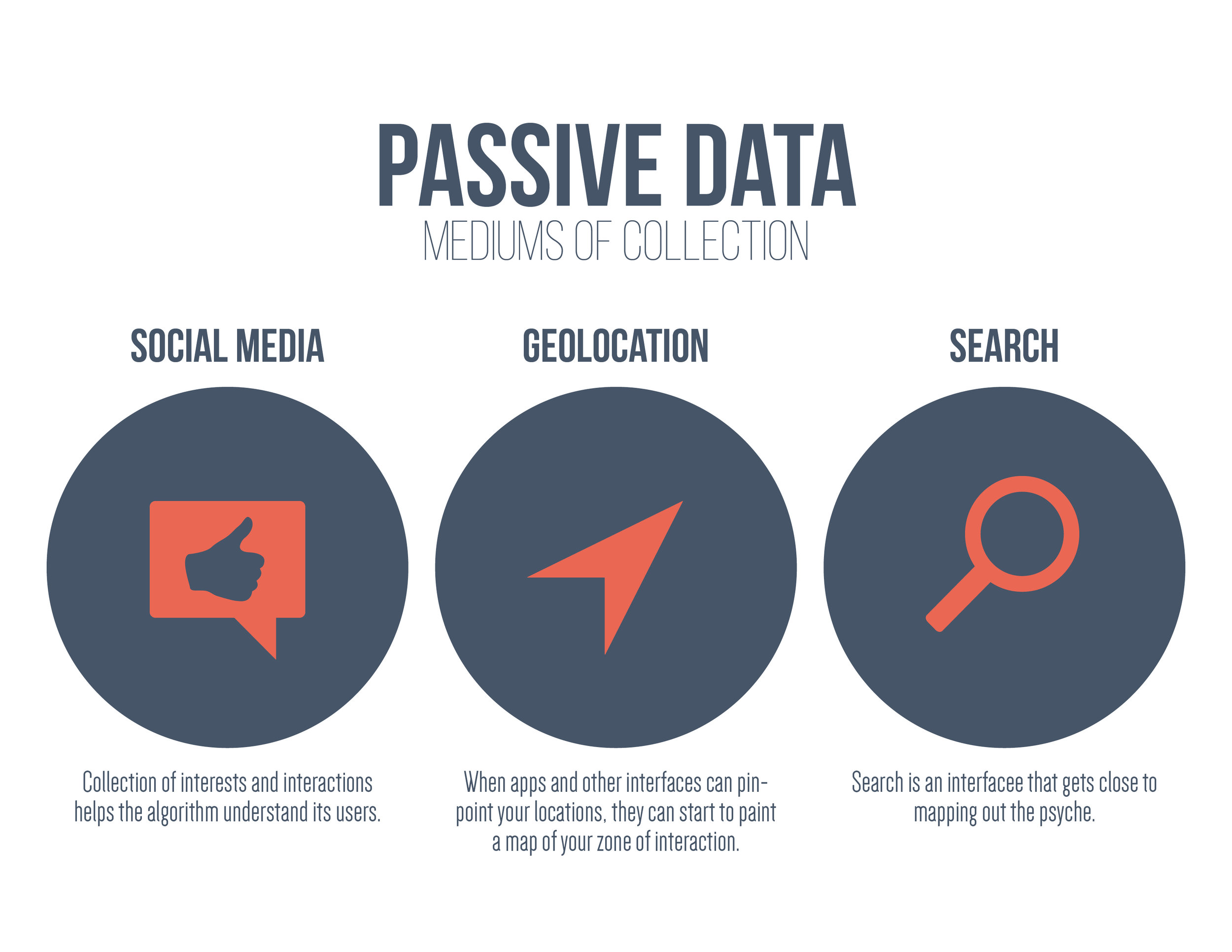




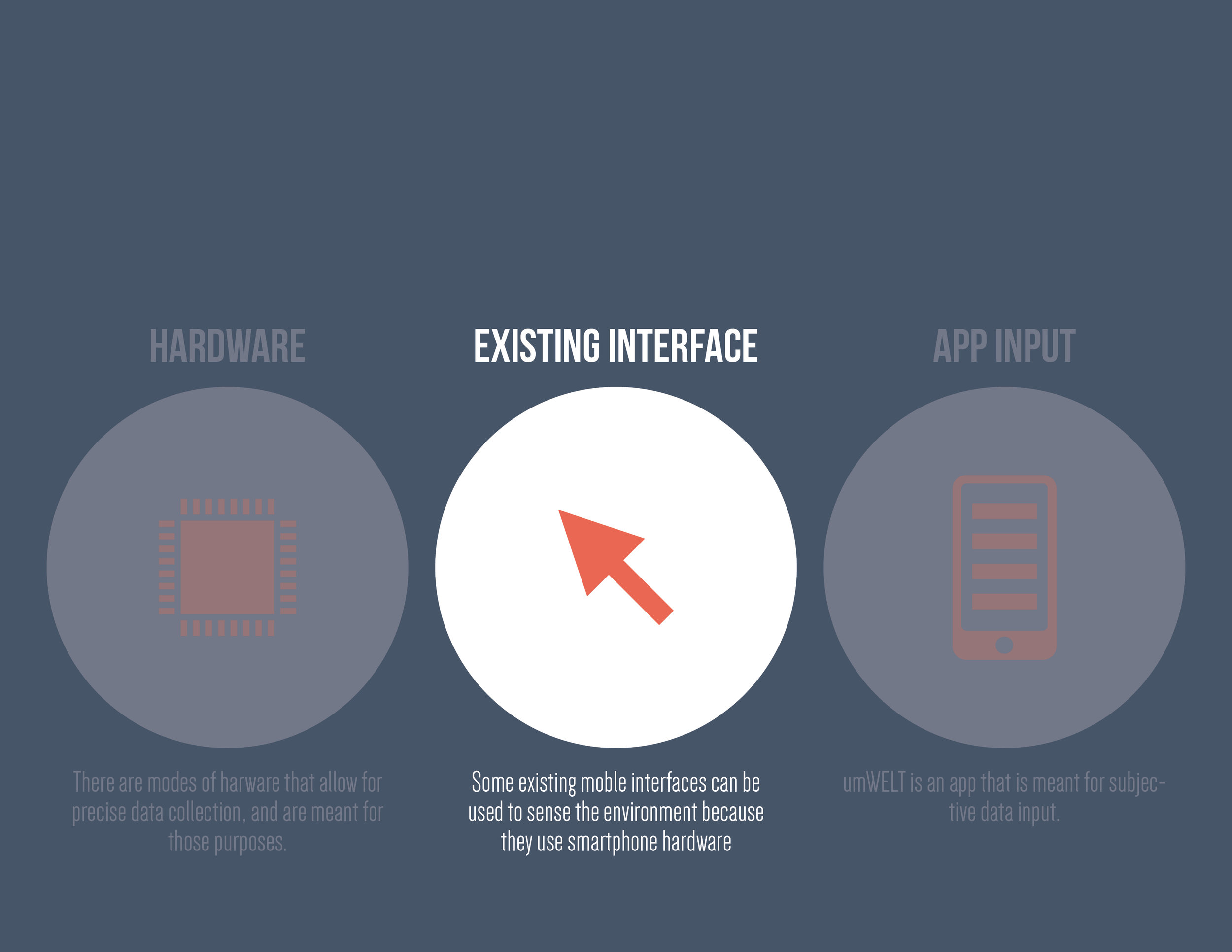

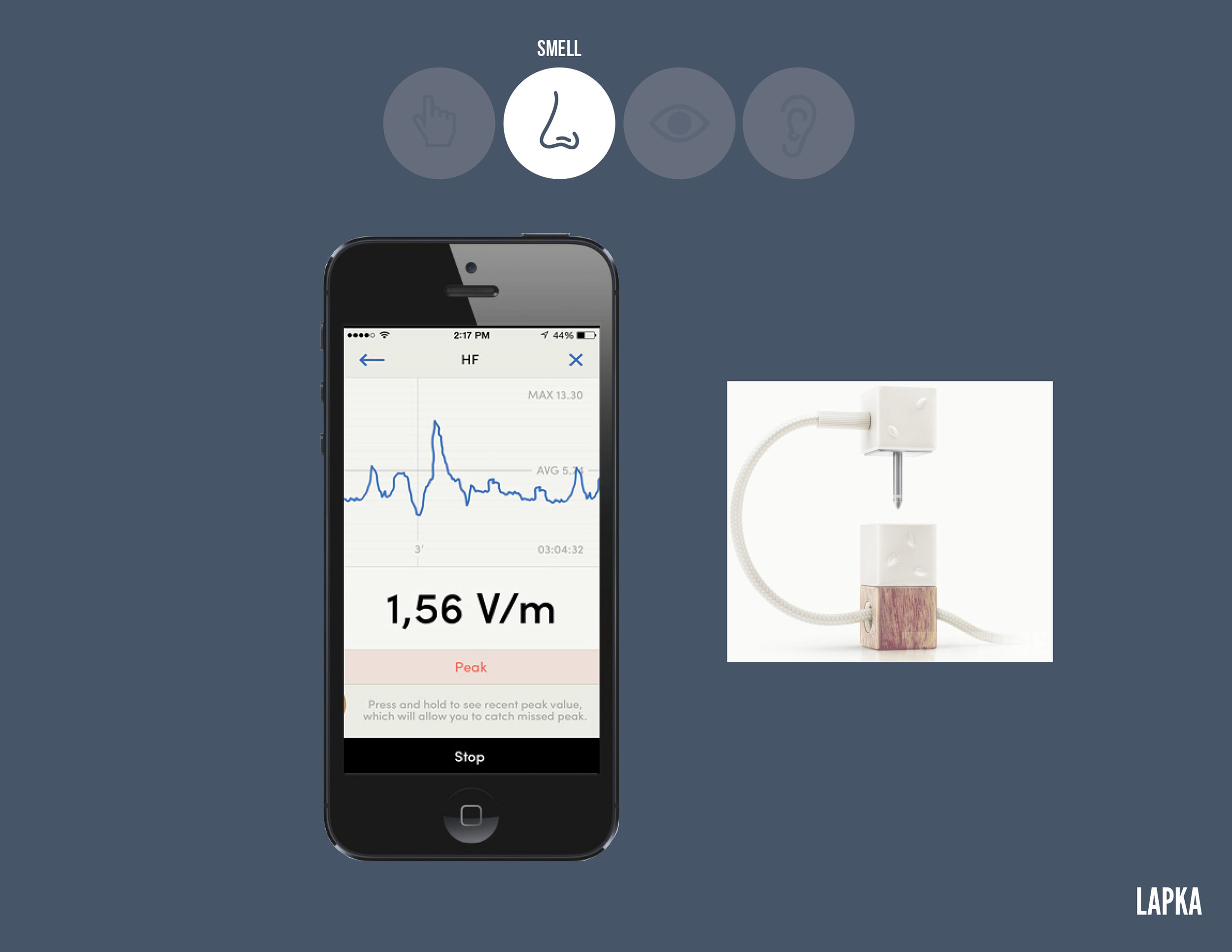
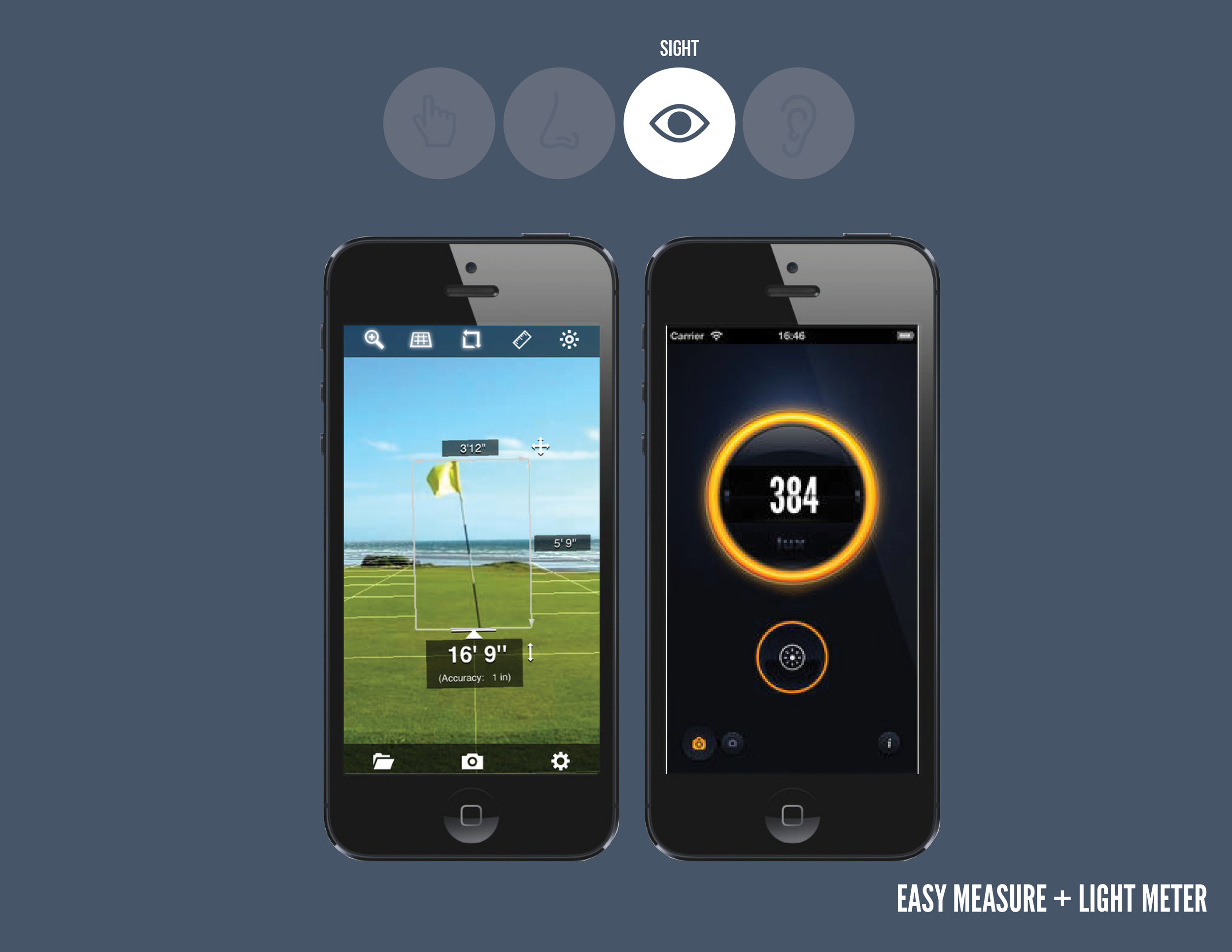
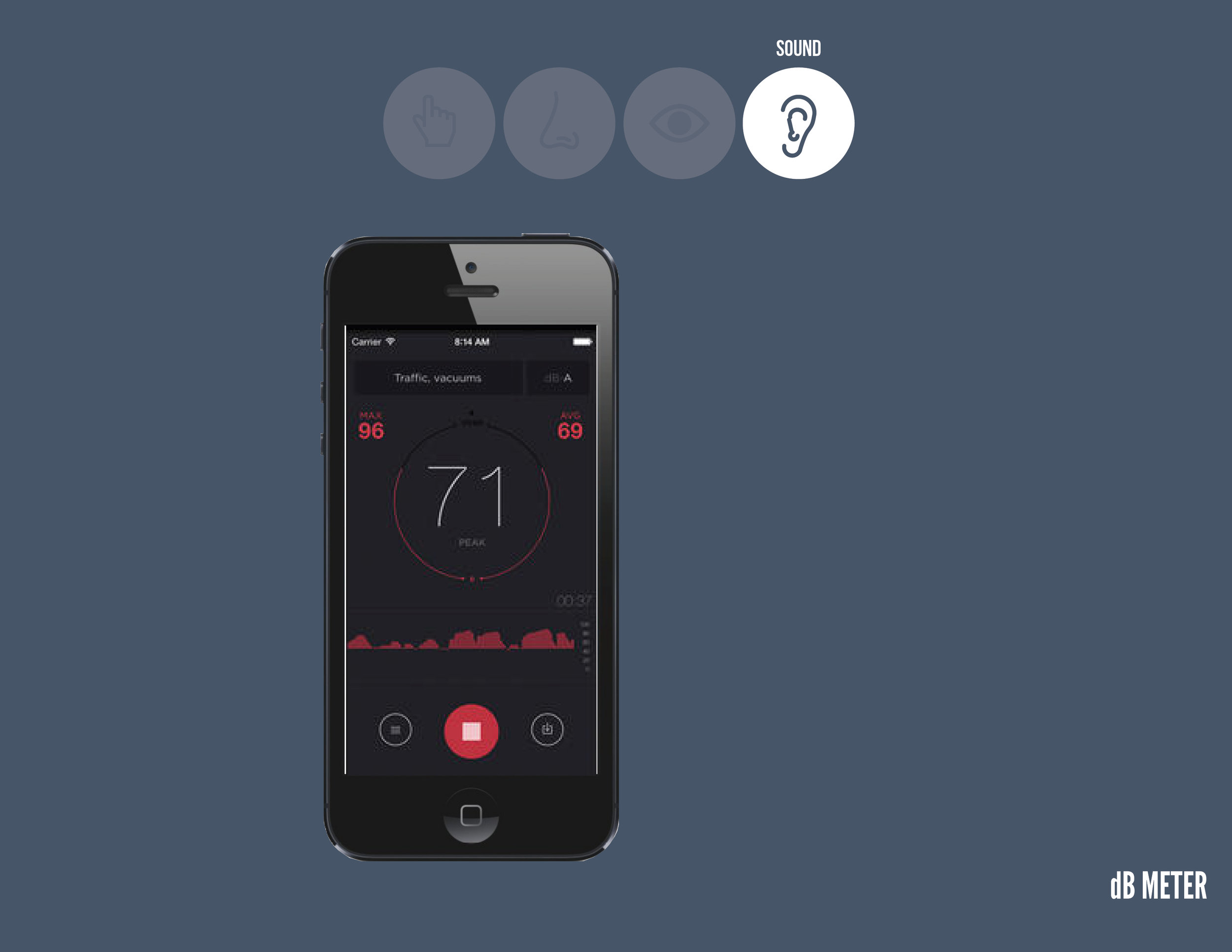
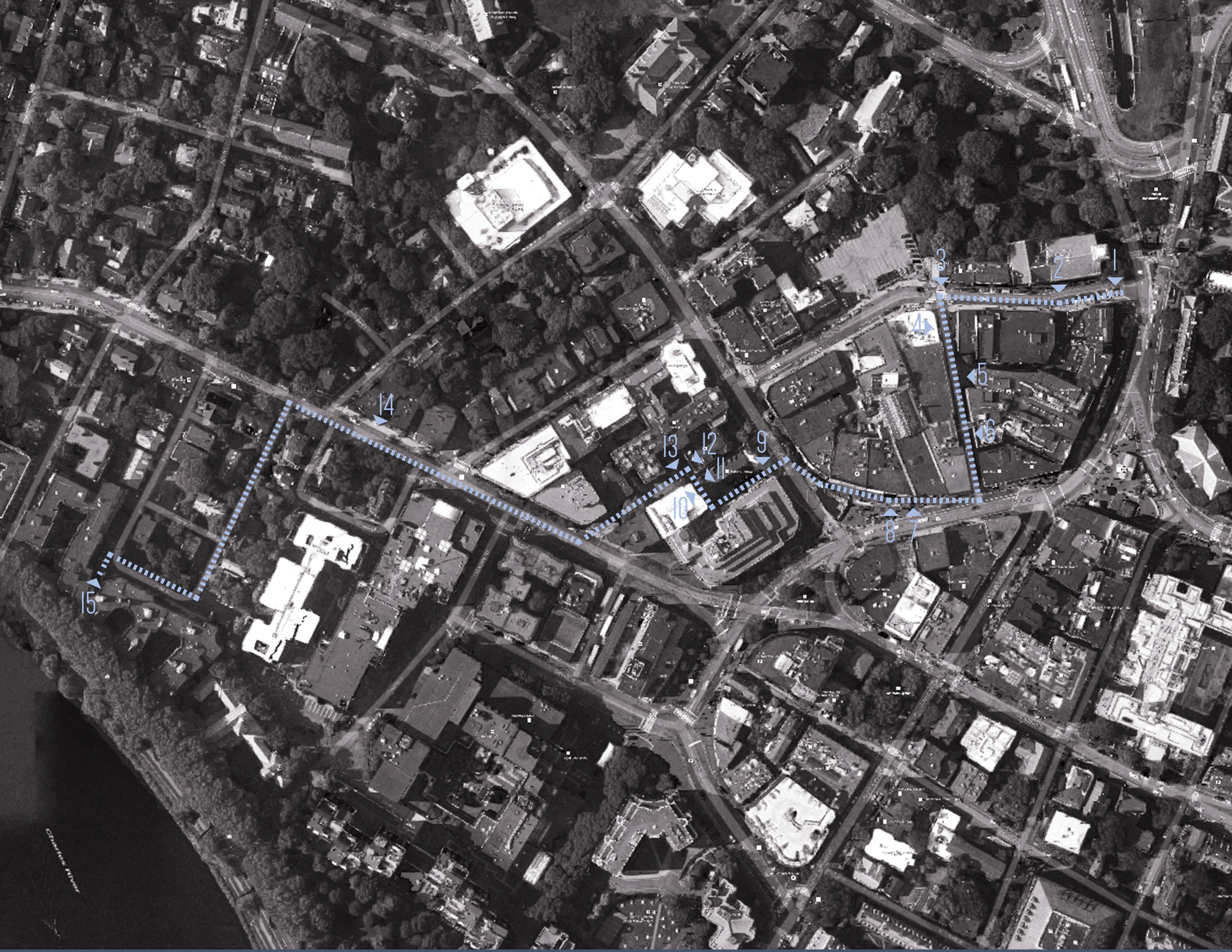

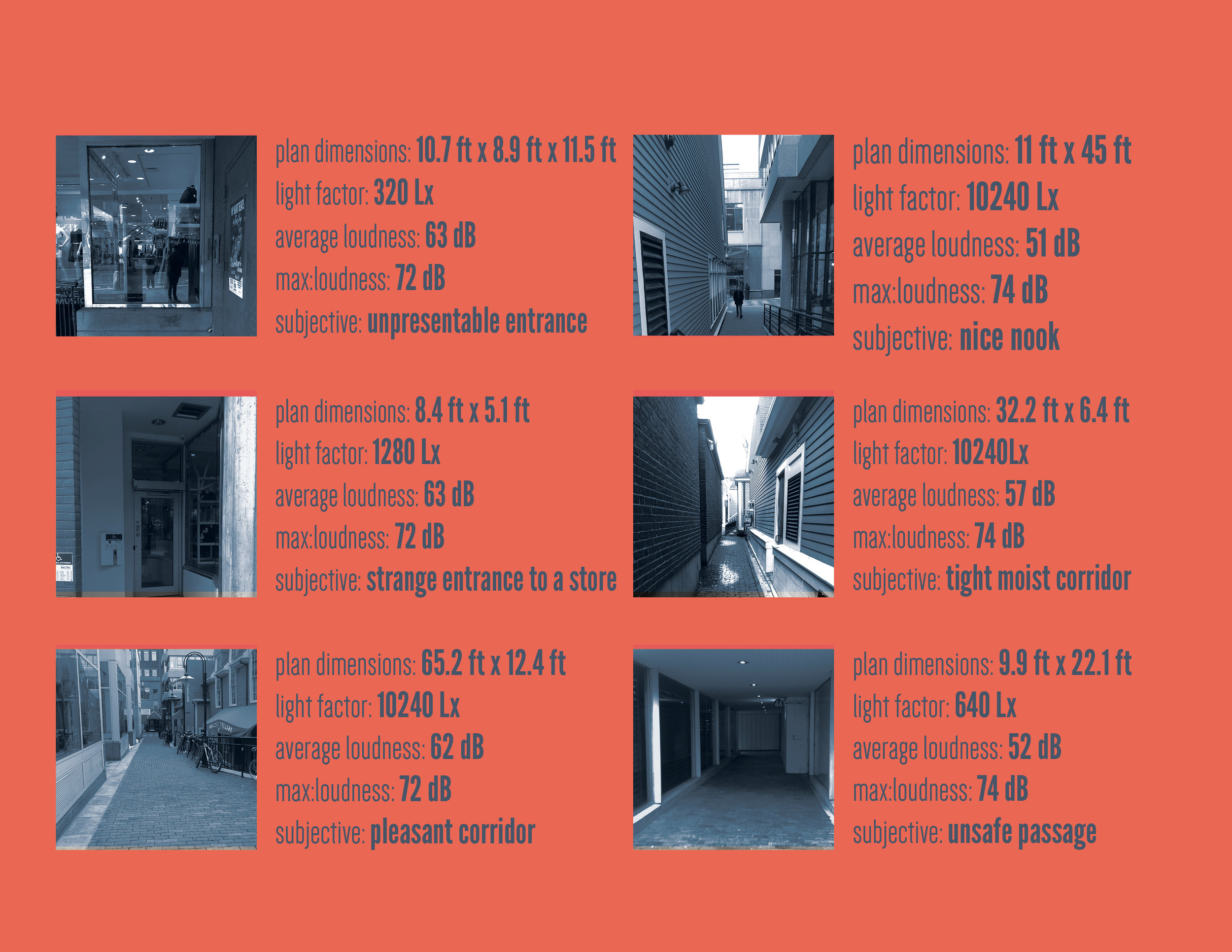
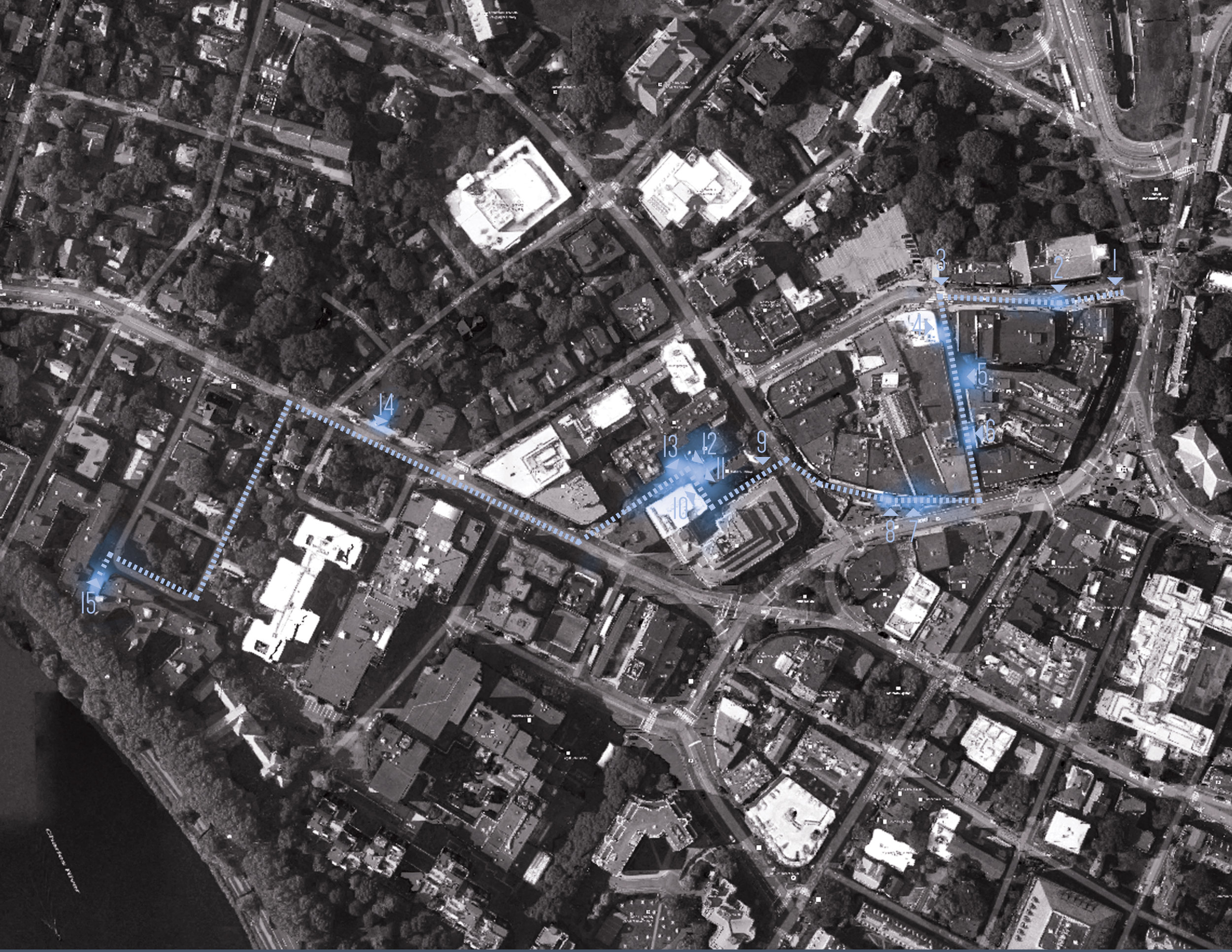
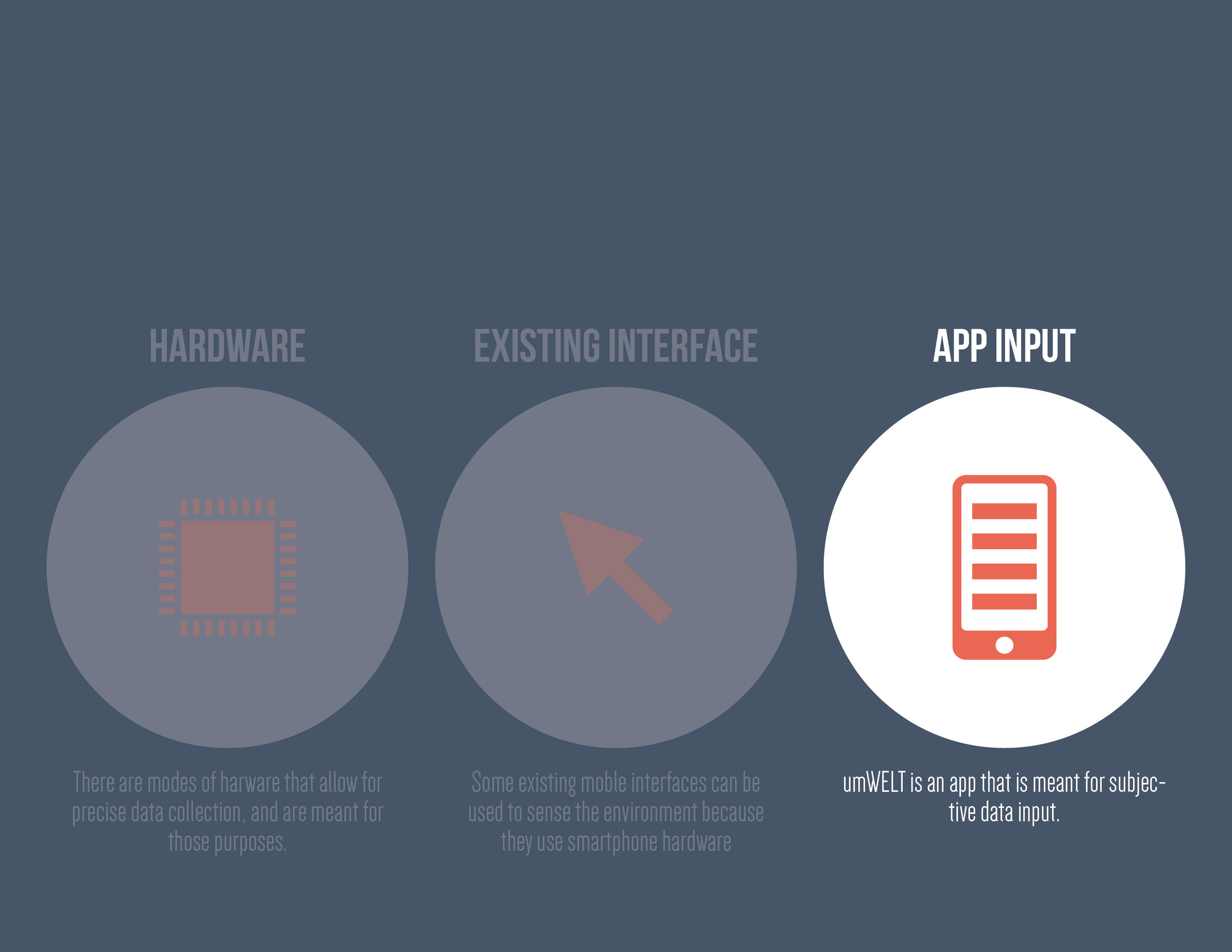
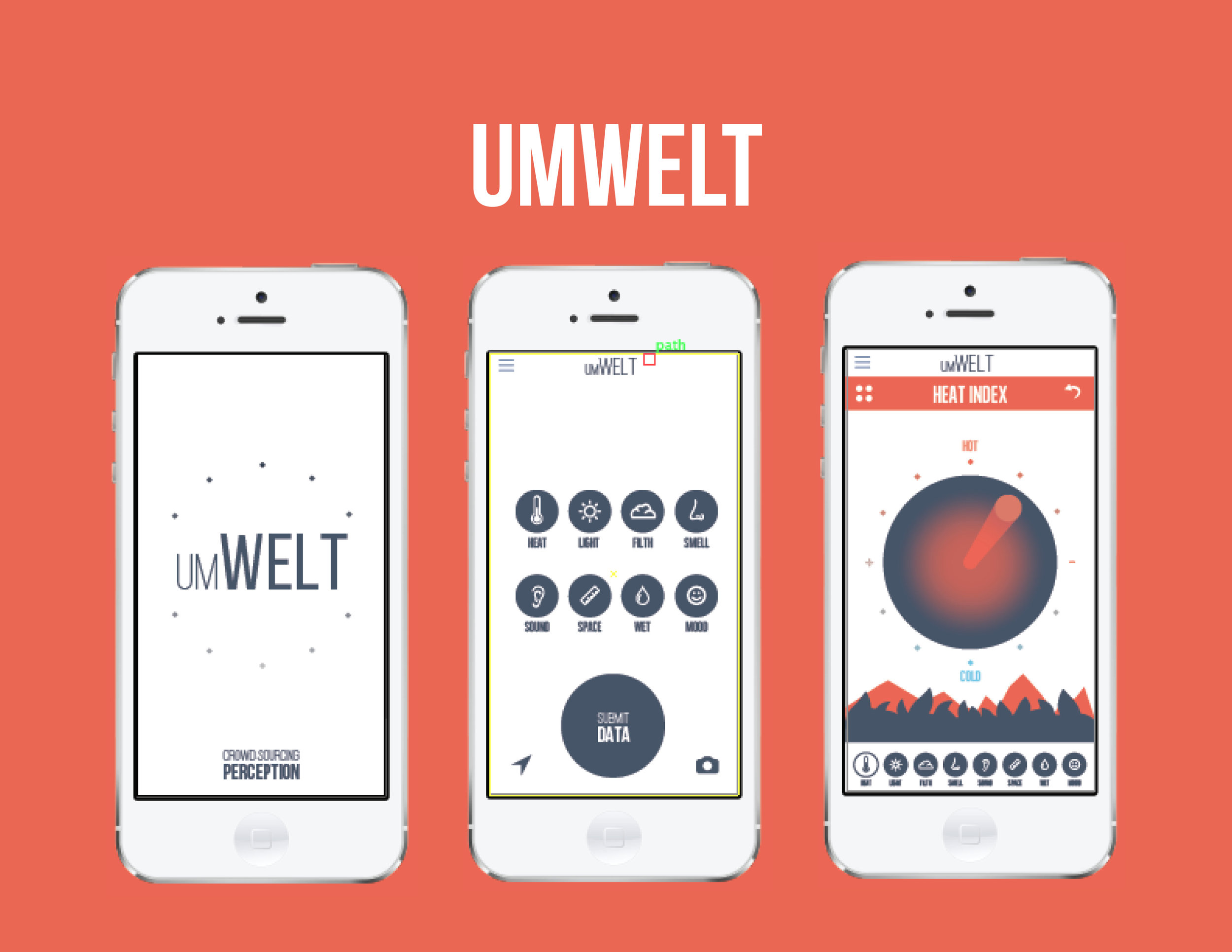

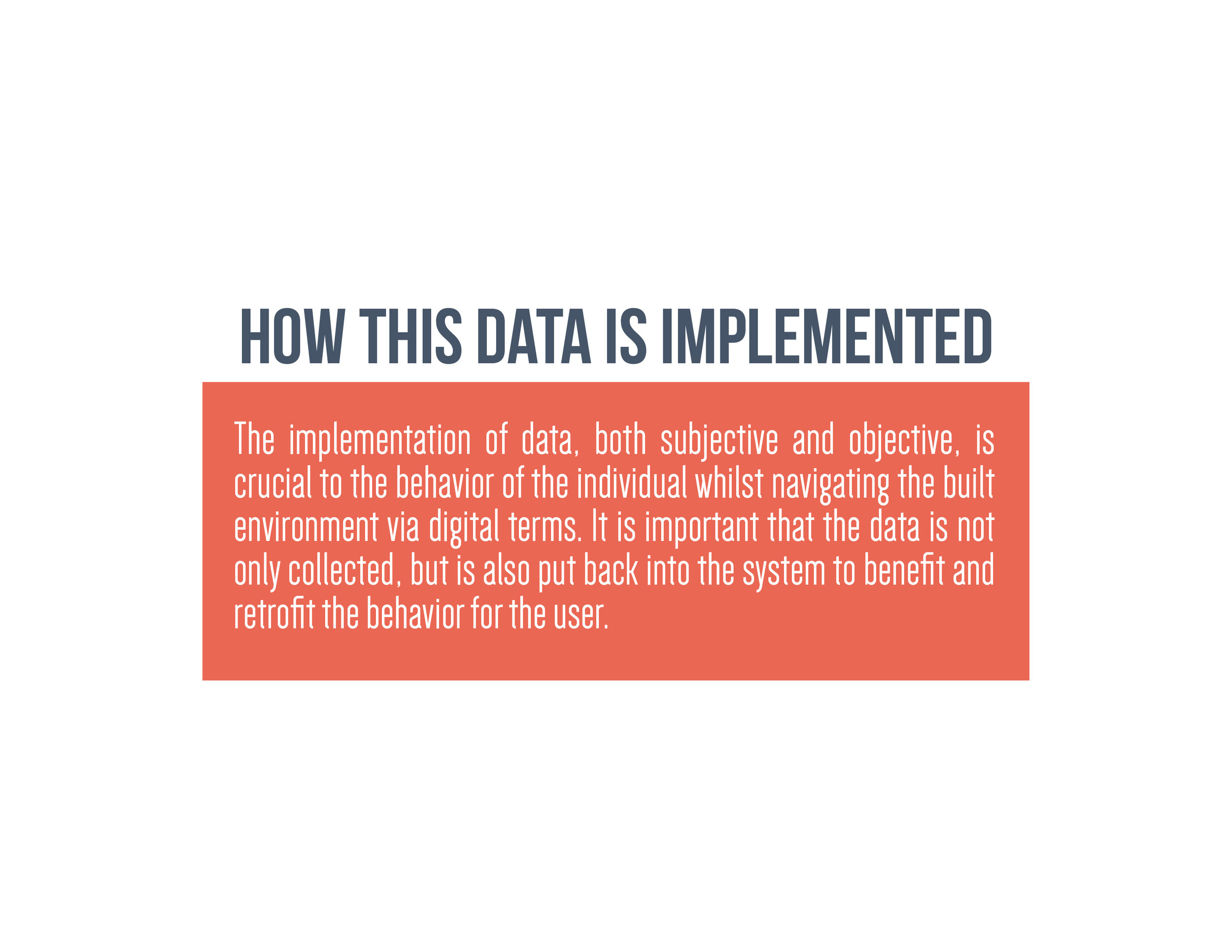
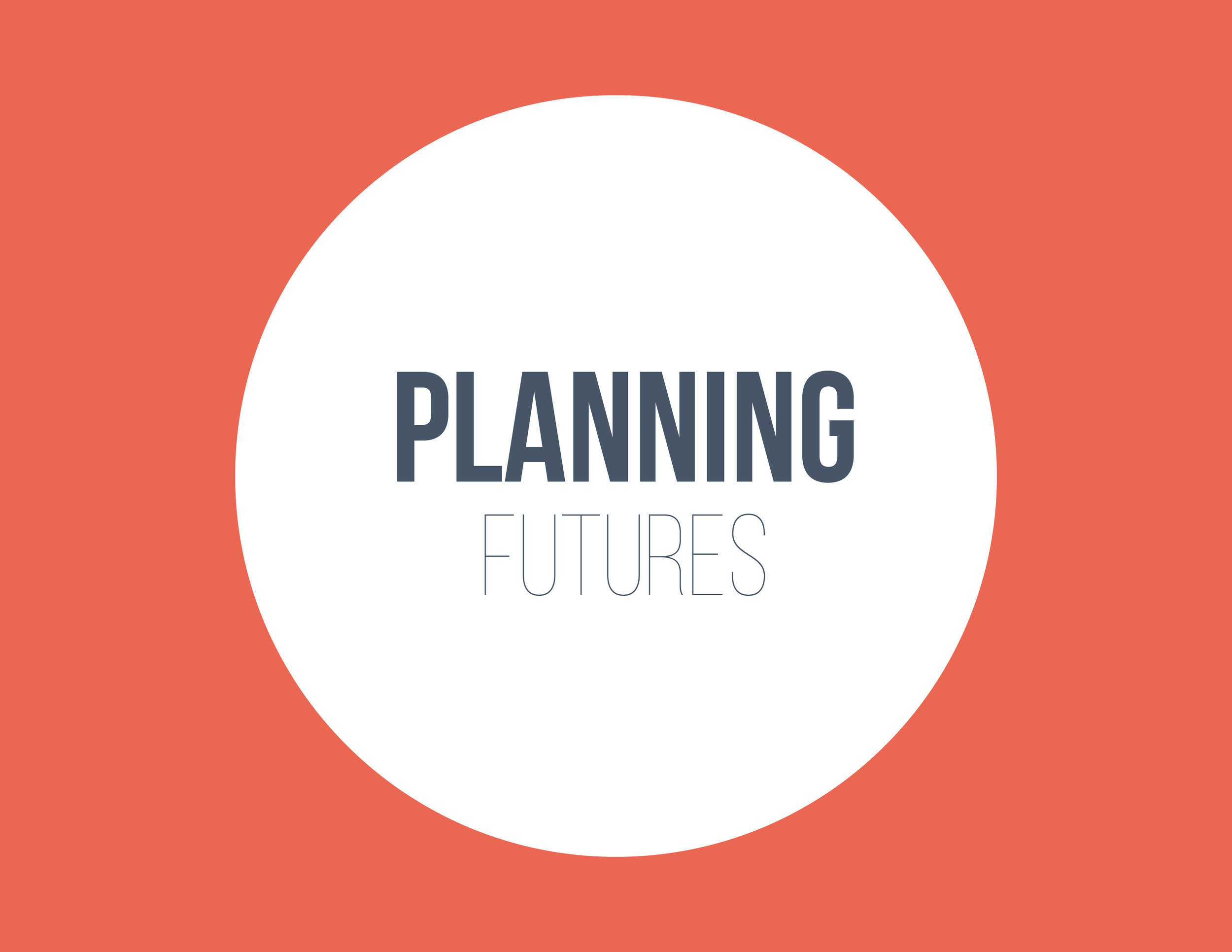
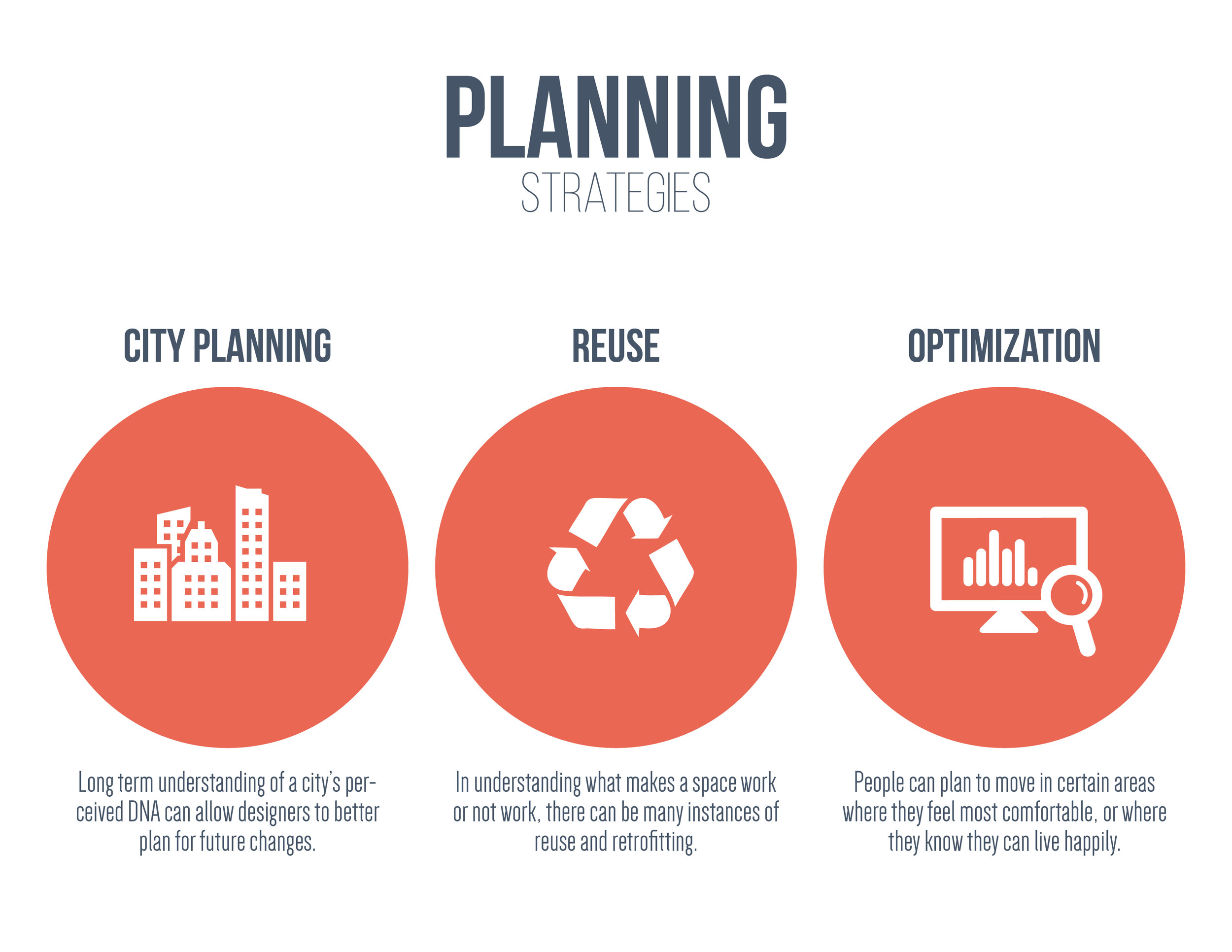

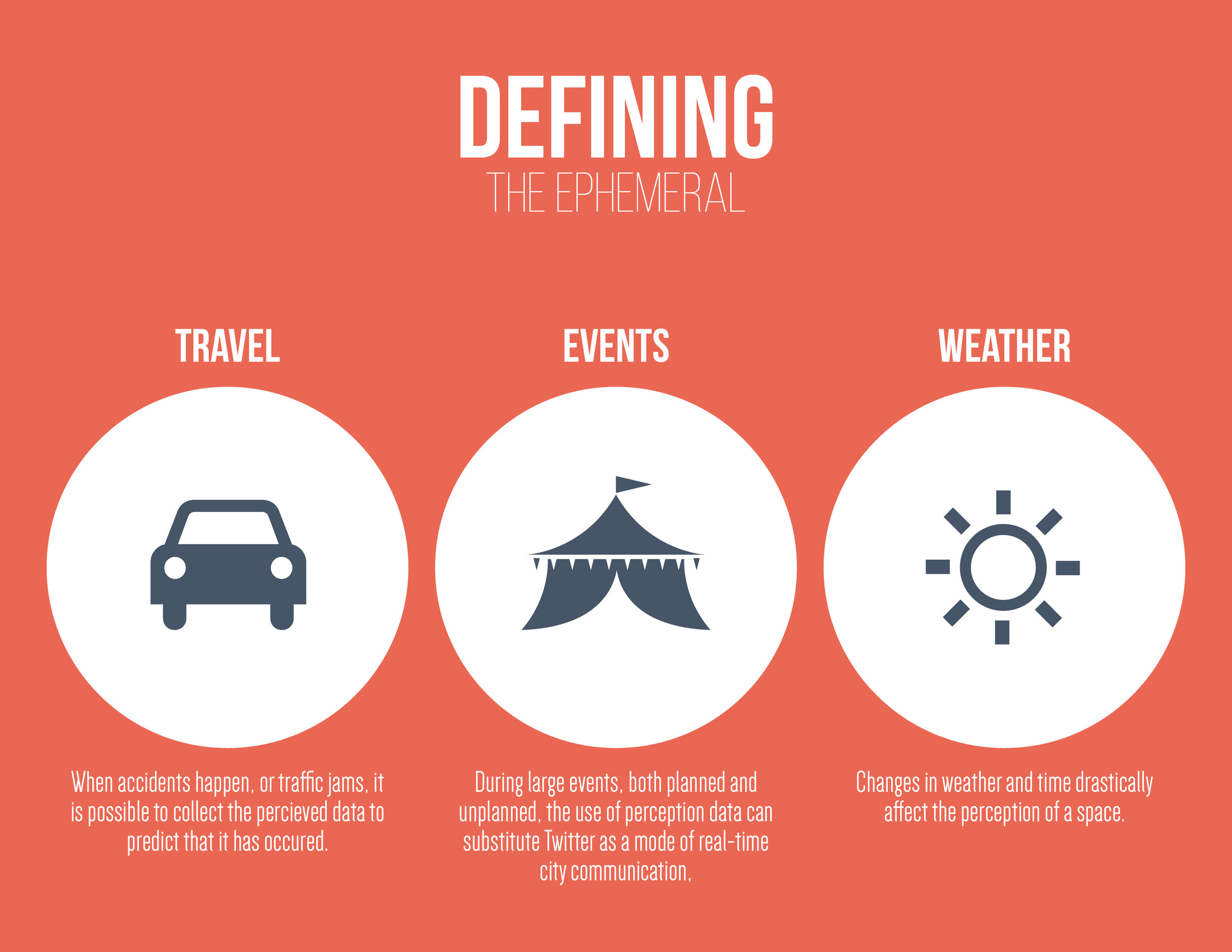
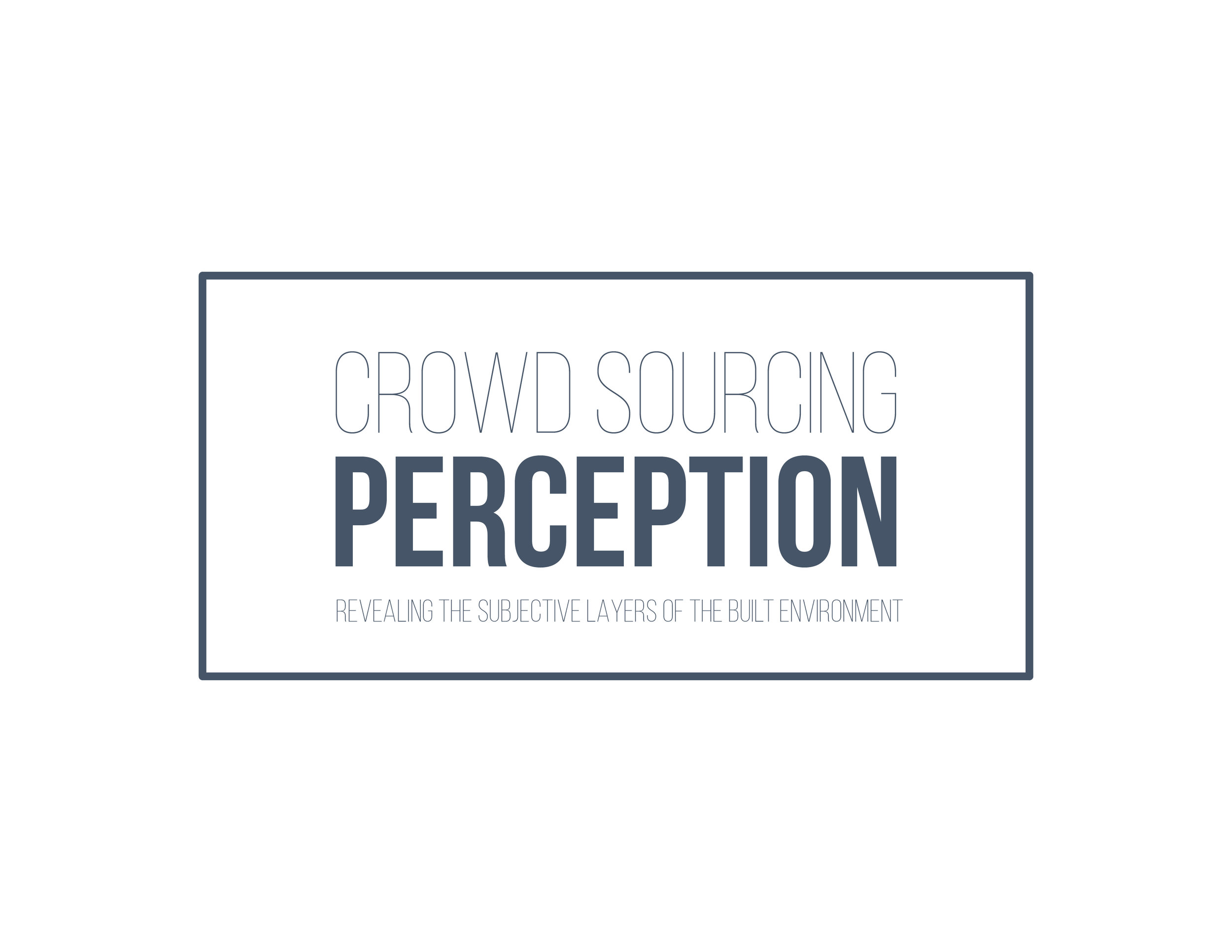
For more information, please visit the Real Lab Project Page.
